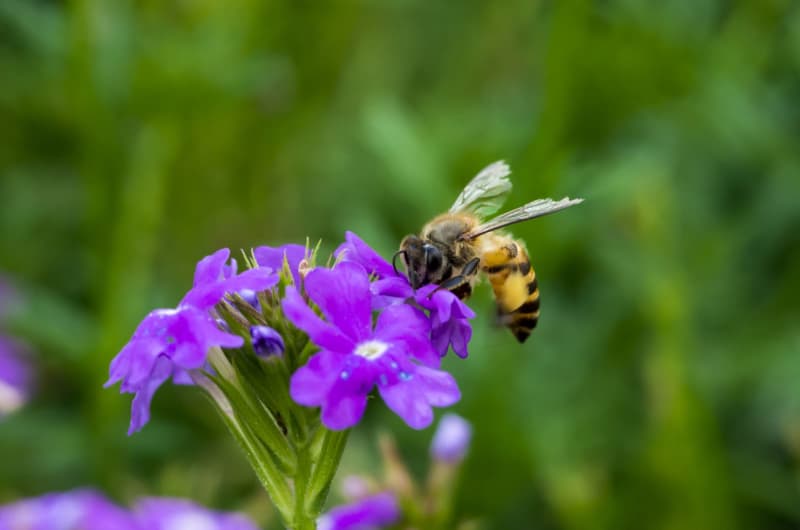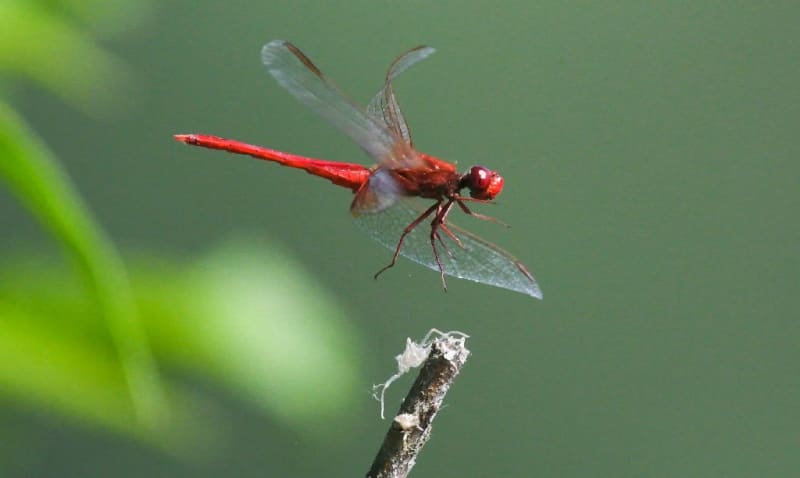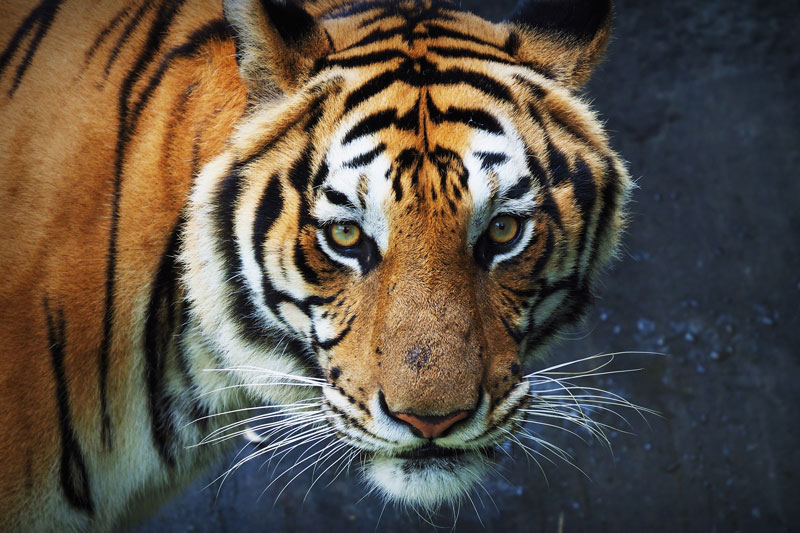While species fight for survival all over the world, the steps Malaysia takes to right its wrongs are what will set it apart from other countries. But change will have to involve everyone. Across the country, government agencies, NGOs and conservationists are grouping together, to propose and carry out action plans to save countless species. Initiatives such as the Wildlife and National Parks Department ‘s (Perhilitan) ‘Save our Malaysian Tiger’ campaign is great proof of this.
“It’s not only on the shoulders of the department, but also on stakeholders, private companies, NGOs and the general public. The more cooperation and funding we get, the more initiatives the department can conduct to safeguard the wildlife we have,” Perhilitan director-general Abdul Kadir Abu Hashim tells Between the Lines.
Beside support and money, Malaysia also needs to give law enforcement more teeth. So, much-needed amendments are being made to the Wildlife Conservation Act 2010. But is it enough? Not entirely, says wildlife trade monitoring network Traffic. Its senior communications officer Elizabeth John says while the Wildlife Conservation Act is a “strong law”, “the same cannot be said for the wildlife laws of Sabah and Sarawak, which have some catching up to do.”
Out at sea, Dr Louisa Ponnampalam, marine mammal ecologist and co-founder of marine mammal conservation NGO MareCet, cites poor enforcement within existing marine parks and suggests Malaysia creates protected areas for marine mammals to protect core feeding, breeding and nursing habitats.
“Most of our marine parks were established around coral reefs and constitute a mere 2 nautical-mile boundary around islands. These either don’t cover marine mammal core habitats or part of their core habitat … This applies to other highly mobile marine endangered species such as turtles and whale sharks too.”
But Abdul Kadir says it’s not all doom and gloom. Social media has made the public more aware of conservation and he points to increased enforcement, the existence of the National Wildlife Forensics Lab, and the Intelligence and Tactical Centre for Wildlife Crime as among notable government initiatives.
Malaysia has also been taking steps to preserve its forests, which cover some 67.6% of the country. Although recent data is not available, a UN report noted that between 2010 and 2015, Malaysia recorded an increase in forest coverage area. Areas designated for biodiversity conservation rose 66% from 1990 to 2015.
Yes, Malaysia must develop if it’s to grow and keep pace with the rest of the world. But it shouldn’t happen at any cost. As WWF’s Living Planet Report 2018 points out, we cannot have human development and well-being without healthy natural systems. The truth is that we need animals as much as they need us.
But more importantly, what kind of Malaysians would we be if we let our precious wildlife; creatures great and small, whether they slither, run or crawl, die out under our noses?








